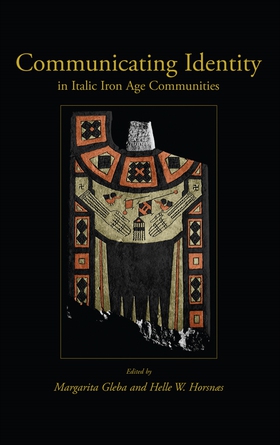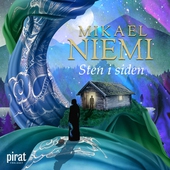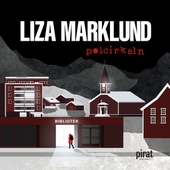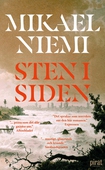
Lägg till önskelistan
Communicating Identity in Italic Iron Age Communities e-bok
Pris
115 kr
Recent archaeological work has shown that South Italy was densely occupied at least from the Late Bronze Age, with a marked process of the development of proto-urban centres, accompanied by important technological transformations. The archaeological exploration of indigenous South Italy is a relatively recent phenomenon, thanks to the bias towards the study of Greek colonies. Therefore an assessment of processes taking place in Italic Iron Age communities is well overdue. Communicating Ident...
E-Bok
115 kr
Pris
Förlag
Oxbow Books
Utgiven
21 Juli 2021
Längd
228 sidor
Genrer
Historia & Arkeologi, Fackböcker
Språk
English
Format
epub
Kopieringsskydd
Vattenmärkt
ISBN
9781842176368
Recent archaeological work has shown that South Italy was densely occupied at least from the Late Bronze Age, with a marked process of the development of proto-urban centres, accompanied by important technological transformations. The archaeological exploration of indigenous South Italy is a relatively recent phenomenon, thanks to the bias towards the study of Greek colonies. Therefore an assessment of processes taking place in Italic Iron Age communities is well overdue. Communicating Identity explores the many and much varied identities of the Italic peoples of the Iron Age, and how specific objects, places and ideas might have been involved in generating, mediating and communicating these identities. The term identity here covers both the personal identities of the individuals as well and the identities of groups on various levels (political, social, gender, ethnic or religious). A wide range of evidence is discussed including funerary iconography, grave offerings, pottery, vase-painting, coins, spindles and distaffs and the excavation of settlements. The methodologies used here have wider implications. The situation in the northern Black Sea region in particular has often been compared to that of southern Italy and several of the contributions compare and contrast the archaeological evidence of the two regions.




